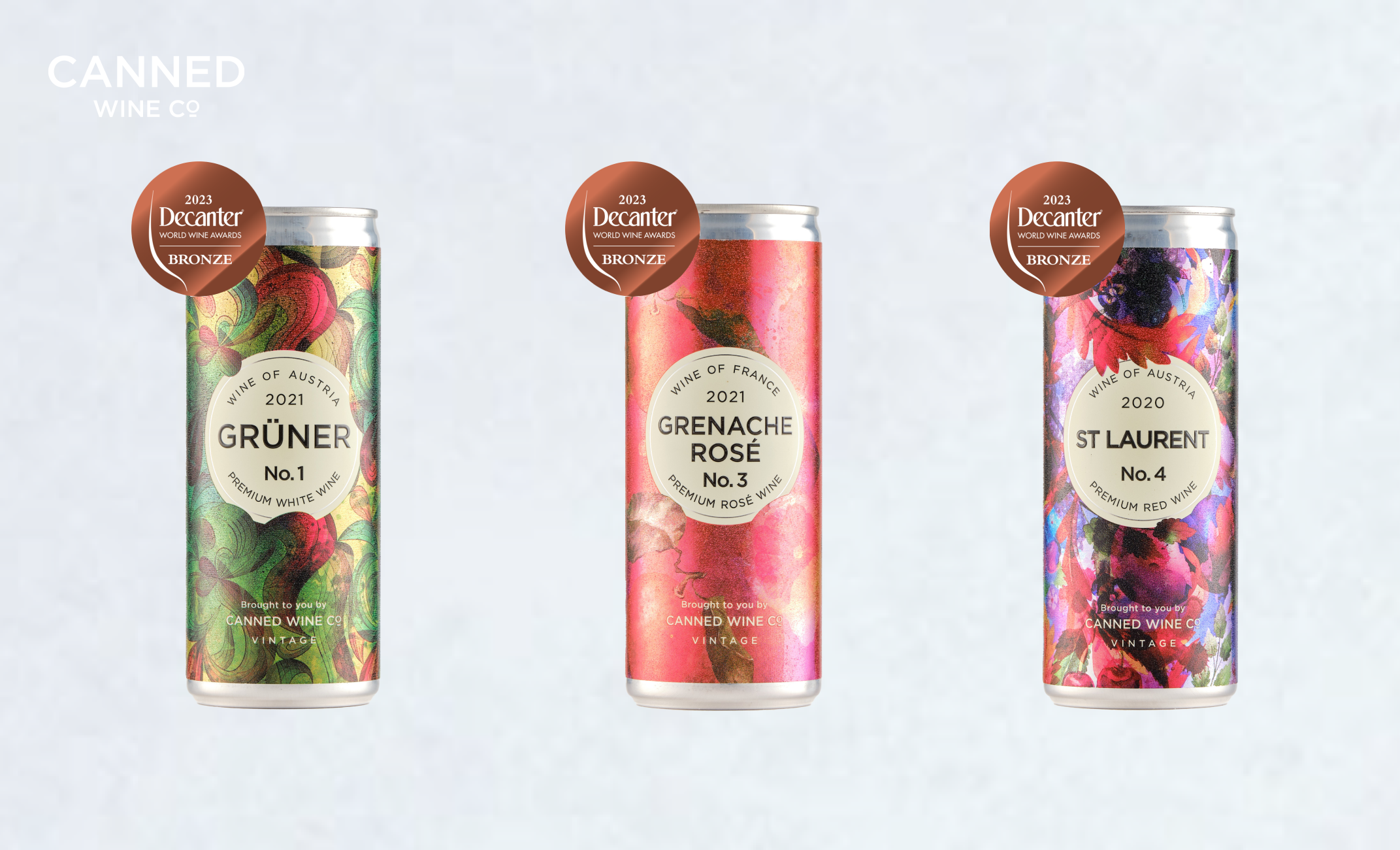Tannins can be intimidating for new wine drinkers, but they are nothing to be afraid of! Find out where tannins come from and how it affects wine.
Tannins are a naturally occurring compound found in wine, tea, coffee and chocolate. There are two sources of tannins: from the polyphenols in grape skin released during fermentation and pressing, as well as from oak aging. Tannins from grape skin are linked more to stringency and freshness, while oak tannin appears as toasted and dry.
Reds are more commonly associated with tannins, due to being fermented with the whole grape, whereas white wines are fermented without the skin. Additionally, reds are more commonly oak aged. However, white wines can still have tannins if they are matured in oak barrels. As Chardonnay has a high tolerance for winemaking processes, this white wine is sometimes oak aged to add more flavours and mouthfeel.
There is no reason to shy away from wines with tannins though, as they actually add structure and complexity to the wine and allow fine ageing! A balanced wine should have a mix of all wine characteristics, including tannins, sweetness, acidity and alcohol.
We wanted to showcase an exciting canned wine with tannins and introduce more wine drinkers to oak aged red wine in an accessible and convenient format. While our wines are presented in an alternative format, the can, the winemaking processes are exactly the same as for bottled wines. Our winemakers take great care in producing high-quality balanced wines with flavour complexity. Therefore, our canned red wine features tannins from both the grapeskin and four years of oak aging. The Old Vine Garnacha shines with intense fruit flavours of cherry and strawberry, but is lifted by smooth tannins for a complex and warming finish.






